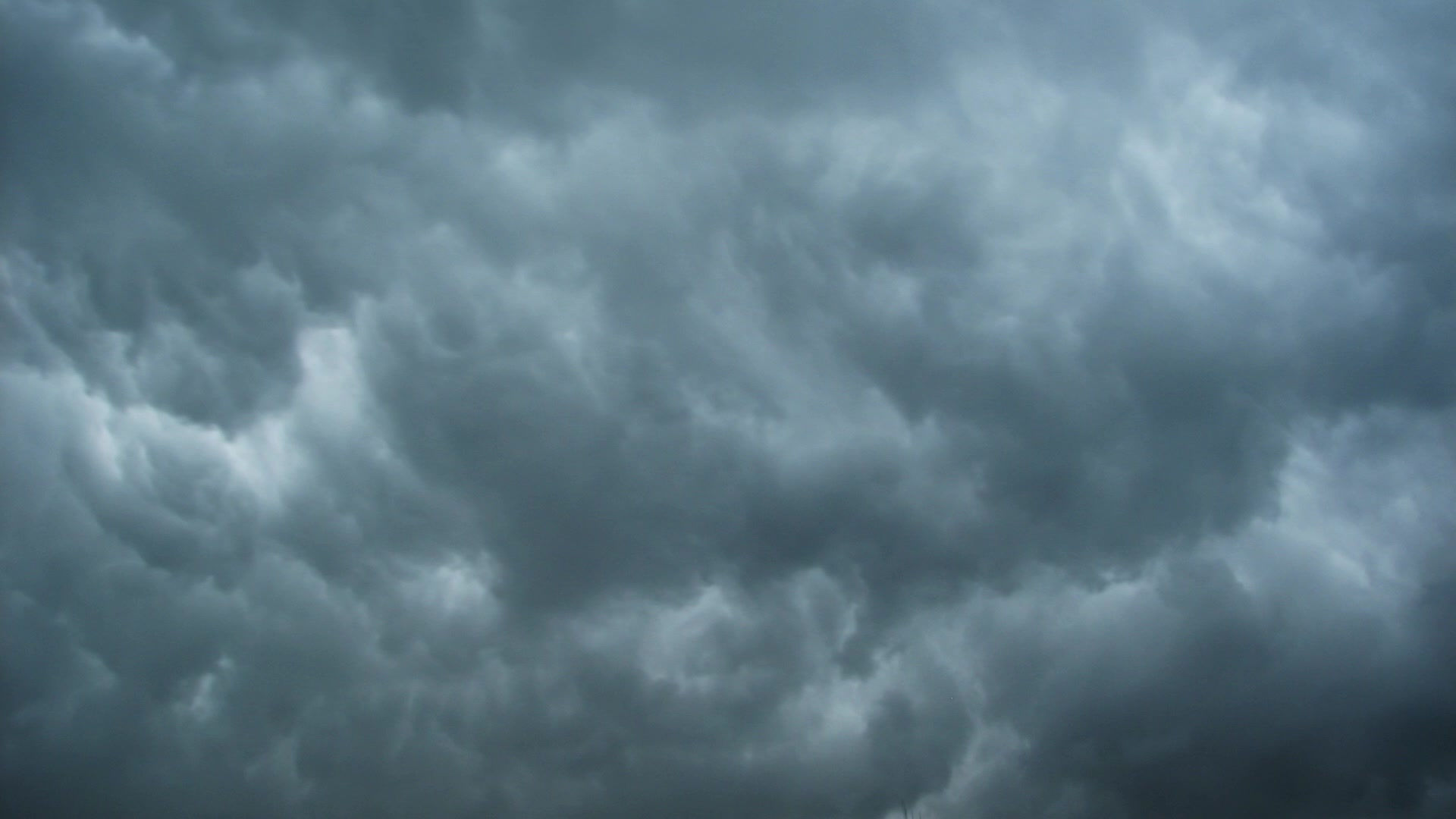
Norse Mythology

A Brief Overview and History
Norse Mythology refers to the collection of myths shared by Scandinavian countries—Iceland, Norway, Denmark, and Sweden—and was practiced as a religion by the Vikings and other Germanic peoples before the spread of Christianity into Northern Europe. Much of what we know today about the mythos stems from the Icelandic Prose Edda and Poetic Edda.
As with other pantheistic mythologies, Norse Mythology is comprised of various rich stories depicting many gods and goddesses, from Odin to Freya to Valkyries and trolls. And again, as with other traditions, many of the natural elements and units of time are personified as deities; for example, the moon is symbolized in Máni, the brother of Sól, the sun.
Norse myths take place in one of the nine worlds clustered around a central tree, Yggdrasil. The nine realms consist of Asgard, Llossalheim, Müspellheim, and Vanaheim clustered towards the top of Yggdrasil, Midgard (Middle Earth or Human World) in the middle, and Jutunheim, Svartalheim, Hel, and Niflheim clustered around the bottom of Yggdrasil.
Many of the myths center on the creation of the worlds/universe, the beginning of humankind, and Ragnarök, the final battle between the deities and their enemies. The entire collection of Norse Mythology seems to suggest at a cyclical understanding of time, for there exist myths of the rebirth of humankind and the recreation of the worlds after Ragnarök.
Defining Characteristics
Fantasy based on Norse Myths most frequently follow the actions of or include as supporting characters the core gods and goddesses. Consider Marvel’s comic books and recent film franchise following Thor and Loki. The stories created by Marvel writers and illustrators follow Thor (god of Thunder and protector of mankind) and Loki, the trickster—but they do not always follow the original tales found in the Prose Edda, which likely did not feature Thor smashing a coffee mug on the floor of a diner before yelling “This drink! I like it! Another!”
A subtler version of this trend is the occasional appearance of Odin in Jim Butcher’s The Dresden Files. In the series, Odin appears mostly as a supporting character to add depth and gravity to certain situations (accidentally shooting Odin is much more intense than accidentally shooting an ordinary criminal).
Norse Mythology based fantasy will also occasionally depict the movement between the nine worlds, most frequently between Midgard and the other eight realms. Consider, again, Marvel’s Thor (film) in which we see Loki walk across Bifröst, the ice bridge between Midgard and Asgard.
Finally, Norse Mythology based fantasy will attempt at retelling of the original myths. Neil Gaiman’s Odd and the Frost Giants pulls heavily on the conflict between the gods (Æsir) and the frost giants (Jötunn) as seen in the Prose Edda and Poetic Edda.

